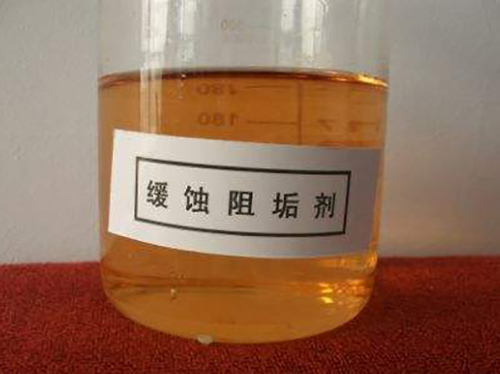phosphorothioate
Phosphorothioates A Comprehensive Overview
Phosphorothioates, a class of sulfur-containing modifications of phosphodiesters, have garnered significant attention in the fields of biochemistry and molecular biology. This article delves into the structure, synthesis, applications, and the biological significance of phosphorothioates, emphasizing their importance in various scientific disciplines.
Structure and Chemistry
Phosphorothioates are characterized by the replacement of one of the non-bridging oxygen atoms in a phosphodiester bond with a sulfur atom. This alteration results in the general structure of R-O-P(S)-O-R', where R and R' represent organic groups. The introduction of sulfur into the phosphate backbone not only alters the chemical properties of the molecule but also enhances its biological stability and efficacy.
The presence of sulfur in the structure introduces an electrostatic advantage; phosphorothioates typically possess a higher negative charge density than their phosphodiester counterparts, impacting their interaction with biological molecules such as proteins and nucleic acids. This unique chemical feature makes phosphorothioates especially valuable in therapeutic applications, where enhanced cellular uptake and resistance to nucleolytic degradation are desired.
Synthesis
The synthesis of phosphorothioates can be achieved through several methods. A common approach involves the reaction of phosphoramidites with sulfur-based reagents, such as thiophosphoryl chloride or phosphorus sulfide. This method allows for the incorporation of phosphorothioate modifications during oligonucleotide synthesis, facilitating their use in research and therapeutics.
Furthermore, advancements in synthetic methodologies have led to the development of more efficient and selective protocols for the preparation of phosphorothioates. These innovations open doors for increased accessibility to modified nucleotides, enhancing their application in various fields.
Applications in Molecular Biology
phosphorothioate

One of the most prominent applications of phosphorothioates is in the design of antisense oligonucleotides and small interfering RNAs (siRNAs). The chemical stability conferred by phosphorothioate modifications allows these molecules to resist degradation by nucleases, making them suitable for therapeutic applications. This stability not only enhances their lifespan in biological systems but also improves their potential as tools for gene silencing and modulation.
Phosphorothioates have been employed in various studies to explore gene function and regulation. For instance, researchers have utilized phosphorothioate-modified oligonucleotides to investigate the roles of specific genes in cellular processes and to develop targeted therapies for diseases such as cancer and genetic disorders. Their ability to effectively interact with RNA molecules increases the efficacy of such interventions.
In addition to their use in gene silencing, phosphorothioates have found applications in the development of diagnostic tools. By incorporating phosphorothioate modifications into probes, researchers can enhance the sensitivity and specificity of detection methods, enabling more accurate and reliable diagnostics.
Biological Significance
The biological significance of phosphorothioates cannot be overstated. They have been shown to modulate various cellular processes, including apoptosis, cell proliferation, and immune responses. Their ability to selectively bind to RNA and inhibit specific biological pathways has made them valuable tools in the study of gene expression and regulation.
Moreover, phosphorothioates have been investigated for their potential therapeutic applications. For instance, the development of phosphorothioate-based drugs has shown promise in the treatment of various conditions, including viral infections and cancer. Their unique properties allow for better targeting of disease-related pathways, minimizing off-target effects and enhancing therapeutic outcomes.
Conclusion
Phosphorothioates represent a fascinating intersection of chemistry and biology, offering valuable insights into genetic regulation and therapeutic interventions. Their unique structural properties, combined with their ability to enhance the stability and efficacy of nucleic acid molecules, make them an essential tool in modern molecular biology research. As research continues to unfold, the potential of phosphorothioates in novel therapeutic strategies and diagnostic applications promises to revolutionize our understanding and treatment of complex biological systems. The future of this field is bright, and phosphorothioates will undoubtedly play a pivotal role in shaping the next generation of biomedical advancements.
-
Pbtc Scale InhibitorPBTC: A Scale Protector for Industrial Water TreatmentNewsAug.05,2025
-
Organic Phosphonate: An Efficient Defender in the Field of Scale InhibitionNewsAug.05,2025
-
Hydrolyzed Polymaleic Anhydride: Green Pioneer in Scale Inhibition FieldNewsAug.05,2025
-
PAPEMP Polyamino Polyether Methylene Phosphonic Acid For SaleNewsAug.05,2025
-
Flocculant Water Treatment: A Pioneer in Purification in the Field of Water TreatmentNewsAug.05,2025
-
Benzyl Isothiazolinone: An Efficient and Broad-Spectrum Antibacterial Protective GuardNewsAug.05,2025





